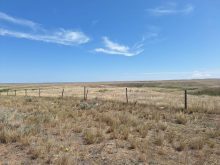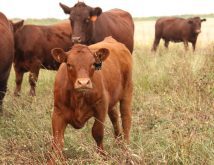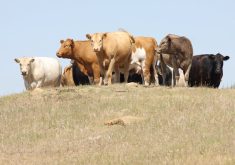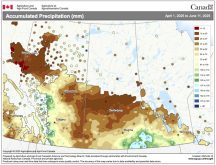Herd culling and feeding strategies will be top of mind for cattle producers as drought aftermath drags into winter
With much of Canada’s cattle country in the throes of a generational drought, there are risks to livestock to keep in mind as producers struggle to feed and water animals through winter, according to a recent Beef Cattle Research Council webinar.
Jesse Williams, a producer at Whiskey Creek Ranch in Alberta’s Special Area 2, said even by the terms of her region, which is known to be drought prone, the past year is the worst for moisture since 1949.
“It wasn’t a fun year,” she said. “Of the worst 10 droughts in history for my township, I’ve been lucky enough to be ranching through four of them in the last 10 years.”
Read Also
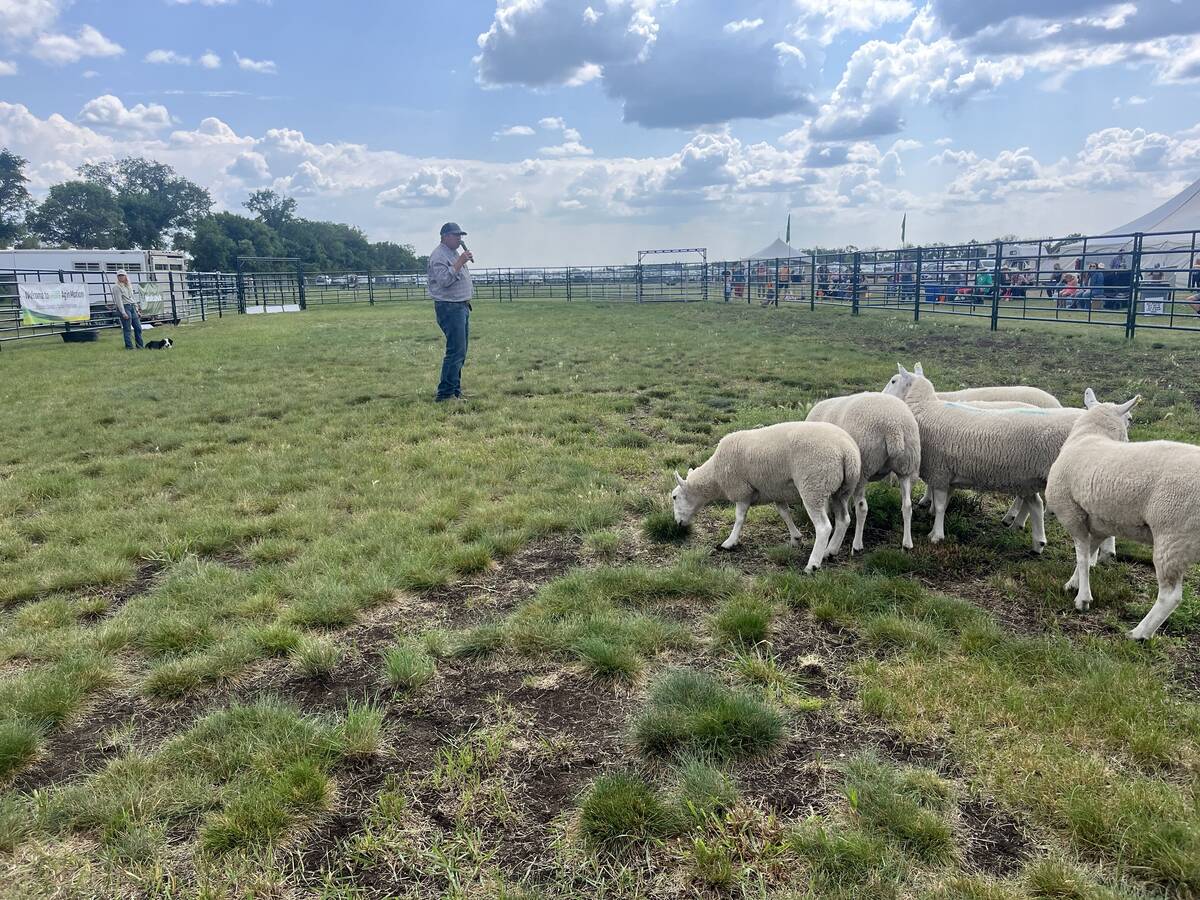
Stock dogs show off herding skills at Ag in Motion
Stock dogs draw a crowd at Ag in Motion. Border collies and other herding breeds are well known for the work they do on the farm.
Much of the region, which makes up the Palliser Triangle running from Lethbridge in the west to north of Hanna and east to Moose Jaw, Sask., struggled during the last growing season, with many areas barely receiving 100 millimetres of rain.
For Williams, whose ranch is near Hanna, that total was about 75 mm.
Williams said the first order of business when managing cattle during drought is to cull troublesome and less productive animals now.
“If you’ve got yearlings, get rid of those first. In the case of a cow-calf operation, remove the cows that are costing you money. If you remove the under performers, you are going to improve your herd genetics and be in a more profitable stance to build a higher performing herd when the drought does break,” she said.
Producers should also carry out pregnancy checks and look to cull open cows as well, Williams added. The profitability isn’t there for those animals and the cause for the lack of pregnancy could be disease.
Late-calving cows should also be examined as an option for an early cull because they can pull down the herd’s average weaning weights.
As for cows that are posing safety risks, now is the time to rid yourself of the issue, said Williams.
Feeding strategies to get the rest of the herd through the drought will be required. A range of less familiar feed options will become available and they have different nutritional values and can pose risks if the feed comes from less known sources.
“What you feed your herd today will have an impact on your herd’s performance and bottom line tomorrow,” said Williams, stressing the need for feed testing.
Knowing what pesticides were used on salvaged crops and when, the quality of water available, the prevalence of weeds in feed brought in, as well as knowing the risks of possible contaminants in ditch hay can affect herd and range health, she said.
Weed control plans should be undertaken to deal with invasive species. Problem weeds may be wrapped in bales. Williams said during a past severe drought in south-central Alberta, a knapweed infestation was carried in with feed imported from the United States.
“To this day, 23 years later, those producers are still struggling to contain those infestations,” she said.
Ditch hay can be contaminated with litter and there have been examples of car batteries being picked up and poisoning cows.
“I’d recommend anytime you do ditch hay or anywhere like marginal lands like sloughs, that you don’t normally harvest, I’d recommend walking them first, know what your plants are, identify whether there are any poisonous species of weeds and, especially with ditch hay, we see lots of garbage,” said Williams.
She stressed that there is a positive aspect in dealing with drought.
“You will forever be more creative with your feeding strategy,” said Williams. “Desperation will breed innovation.”
The full webinar, Drought: More than a Summer Challenge, can be viewed on the BCRC webpage.








